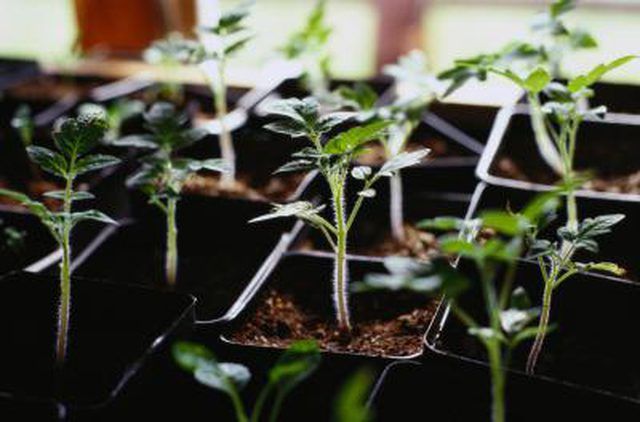Bulbs
Flower Basics
Flower Beds & Specialty Gardens
Flower Garden
Garden Furniture
Garden Gnomes
Garden Seeds
Garden Sheds
Garden Statues
Garden Tools & Supplies
Gardening Basics
Green & Organic
Groundcovers & Vines
Growing Annuals
Growing Basil
Growing Beans
Growing Berries
Growing Blueberries
Growing Cactus
Growing Corn
Growing Cotton
Growing Edibles
Growing Flowers
Growing Garlic
Growing Grapes
Growing Grass
Growing Herbs
Growing Jasmine
Growing Mint
Growing Mushrooms
Orchids
Growing Peanuts
Growing Perennials
Growing Plants
Growing Rosemary
Growing Roses
Growing Strawberries
Growing Sunflowers
Growing Thyme
Growing Tomatoes
Growing Tulips
Growing Vegetables
Herb Basics
Herb Garden
Indoor Growing
Landscaping Basics
Landscaping Patios
Landscaping Plants
Landscaping Shrubs
Landscaping Trees
Landscaping Walks & Pathways
Lawn Basics
Lawn Maintenance
Lawn Mowers
Lawn Ornaments
Lawn Planting
Lawn Tools
Outdoor Growing
Overall Landscape Planning
Pests, Weeds & Problems
Plant Basics
Rock Garden
Rose Garden
Shrubs
Soil
Specialty Gardens
Trees
Vegetable Garden
Yard Maintenance
How to Use Foam Cups to Protect Tomato Plants from Frost
How to Use Foam Cups to Protect Tomato Plants from Frost. When expecting a late frost after you planted tomato plants (Lycopersicon esculentum), protect the young plants so the frost doesn't kill them. Seedlings are particularly susceptible to frost, but large, foam cups offer them adequate protection from cold weather. The cups should be large...

When expecting a late frost after you planted tomato plants (Lycopersicon esculentum), protect the young plants so the frost doesn't kill them. Seedlings are particularly susceptible to frost, but large, foam cups offer them adequate protection from cold weather. The cups should be large enough so that, when in place, they don't touch the plants' leaves or stems. If a frost occurs when your tomato plants are too big to be protected by foam cups, then other options can keep the plants safe.
Things You'll Need
Measuring tape
Rocks
Measure the height and width of your tomato seedlings. Measure the height of a foam cup and the diameter of its smallest area, which usually is its bottom. Ensure the cup is large enough to fit over a seedling without touching its leaves or stems. Tomato leaves tend to grow outward from the main stem. So the smallest section of the cup must be wide enough to cover them.
Place one foam cup upside down over each seedling before night falls when frost is expected. Press each cup's lip into the soil, and twist each cup slightly to secure it in place. Brush soil against the outer edge of each cup's lip if necessary so no gaps are between the cups and soil. The cups help keep the plants warm by retaining heat rising from the soil; gaps let the heat escape instead of warming the tomato seedlings.
Put a rock on top of each cup. The foam cups can't protect your plants if they fall over.
Remove the foam cups early the next morning. The plants need sunlight to continue growing, and they'll quickly die if you leave them under foam cups. Frost develops overnight. So removing the cups in morning lets the plants take advantage of warming temperatures after the frost threat passes.
Tips & Warnings
If your tomato plants are too large for foam cups, cut the bottoms out of 1-gallon milk jugs, and place the remainder of the jugs over the plants. Leave the lids on the milk jugs to help trap heat around the plants. Another option is to cover large tomato plants or their cages with burlap or other fabric, and then remove that covering in the morning. Use stakes around each tomato plant to keep the fabric from touching the plants and breaking branches. The fabric needs to extend all the way to the ground. Weight it with rocks or bricks so no heat can escape from the area the fabric surrounds.